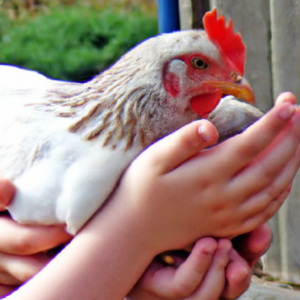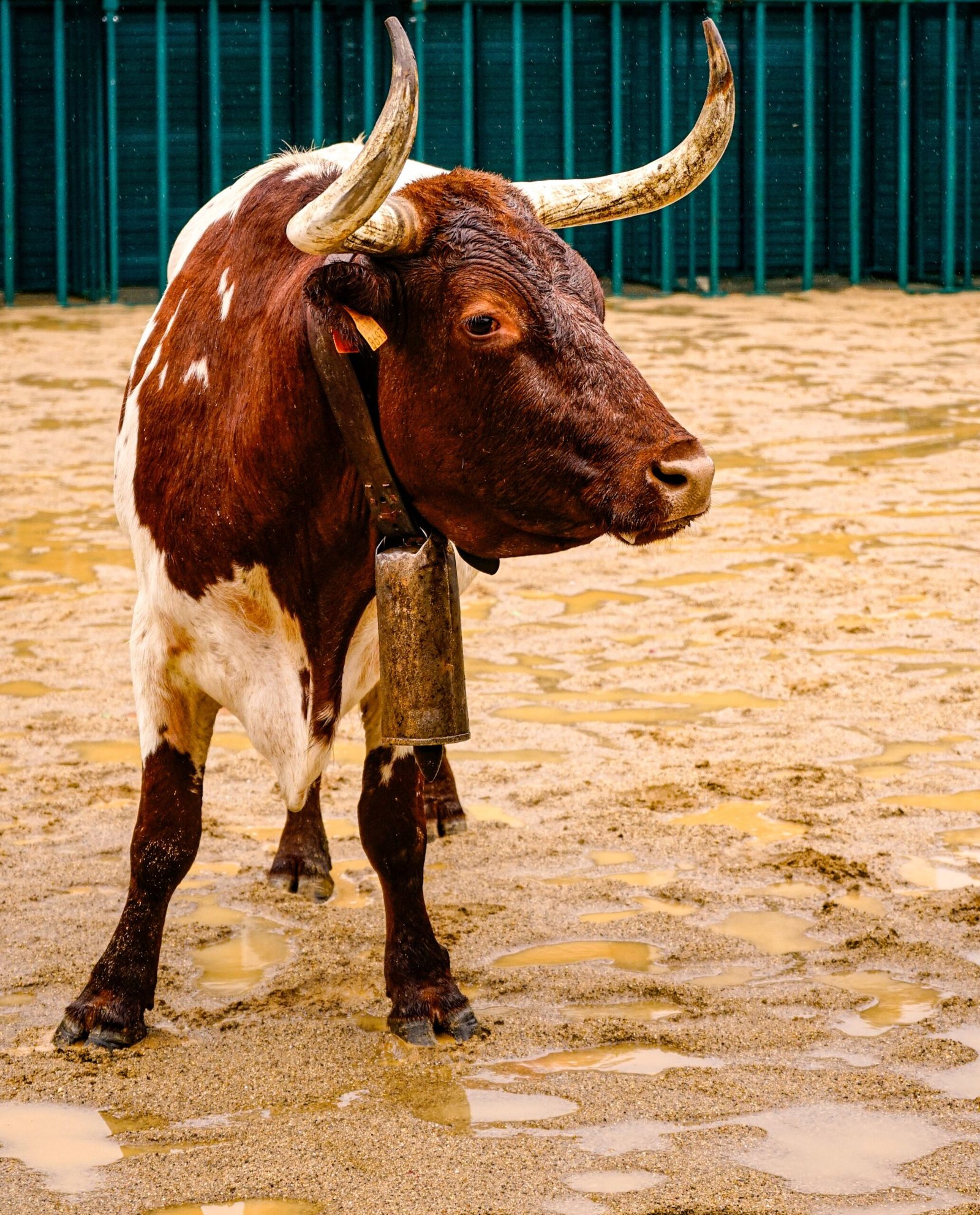
If you’ve ever wondered whether you can keep turkeys and chickens in the same coop, the answer is a resounding “yes!” While it might seem unusual to house these two different bird species together, it is actually quite feasible and even advantageous in many cases. Not only can they peacefully coexist, but they can also provide each other with companionship and even some practical benefits. So, if you’re considering expanding your flock and are curious about their compatibility, read on to discover why turkeys and chickens can happily share the same coop.
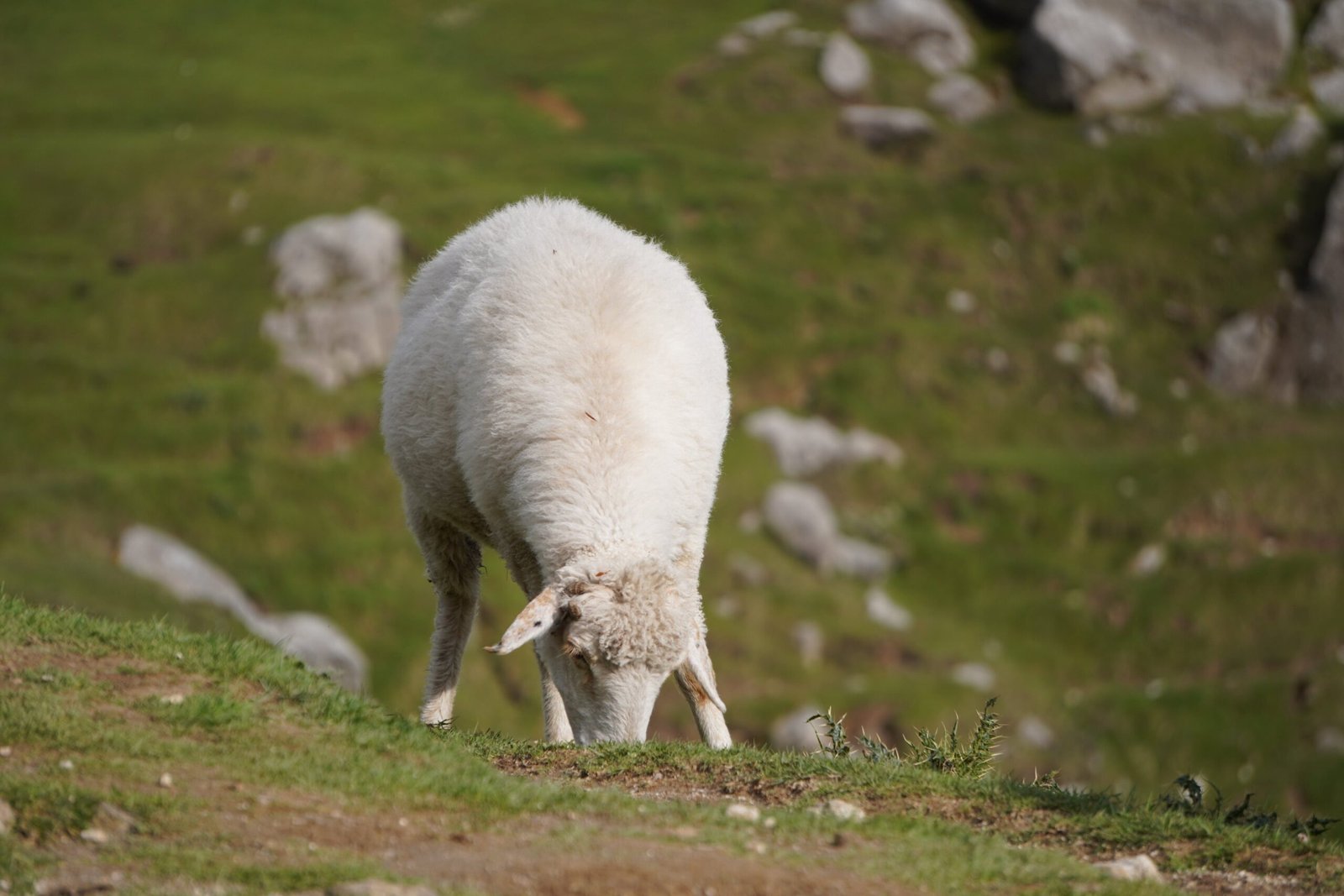
Can You Keep Turkeys And Chickens In The Same Coop?
If you’re considering keeping turkeys and chickens in the same coop, you’re likely wondering if it’s possible to house these birds together harmoniously. The good news is that it can be done successfully, as long as certain considerations are taken into account. In this comprehensive article, we will explore the different aspects of coop size and design, behavior and needs, feeding and watering, nest boxes and laying habits, health and disease management, predator protection, introducing new birds, as well as potential benefits and challenges associated with keeping turkeys and chickens together.
Coop Size and Design
Determining the coop size
Before housing turkeys and chickens together, it’s essential to determine the appropriate coop size. Turkeys are larger birds than chickens and require more space to roam and move around comfortably. A general guideline is to provide a minimum of 10 square feet per turkey and 4 square feet per chicken. This ensures that each bird has enough space to exercise and prevents overcrowding.
Providing separate roosting areas
While both turkeys and chickens need roosting areas for rest and sleep, it’s crucial to provide separate roosts for them. Turkeys prefer to roost higher off the ground compared to chickens, so incorporating different levels or platforms can help accommodate their varying preferences.
Ensuring sufficient ventilation
Good ventilation is essential for a healthy coop environment, regardless of whether you have turkeys, chickens, or both. Proper air circulation helps remove moisture and noxious gases, preventing the buildup of harmful bacteria and reducing the risk of respiratory issues. Ensure that your coop has adequate vents or windows that can be opened and closed as needed.
Preventing overcrowding
Overcrowding can lead to various problems, including stress, aggression, and the spread of diseases. To prevent overcrowding in a mixed coop, it’s important to follow the recommended space requirements for turkeys and chickens. Regularly assess the flock size and consider expanding the coop if necessary to maintain a healthy and harmonious environment for your birds.
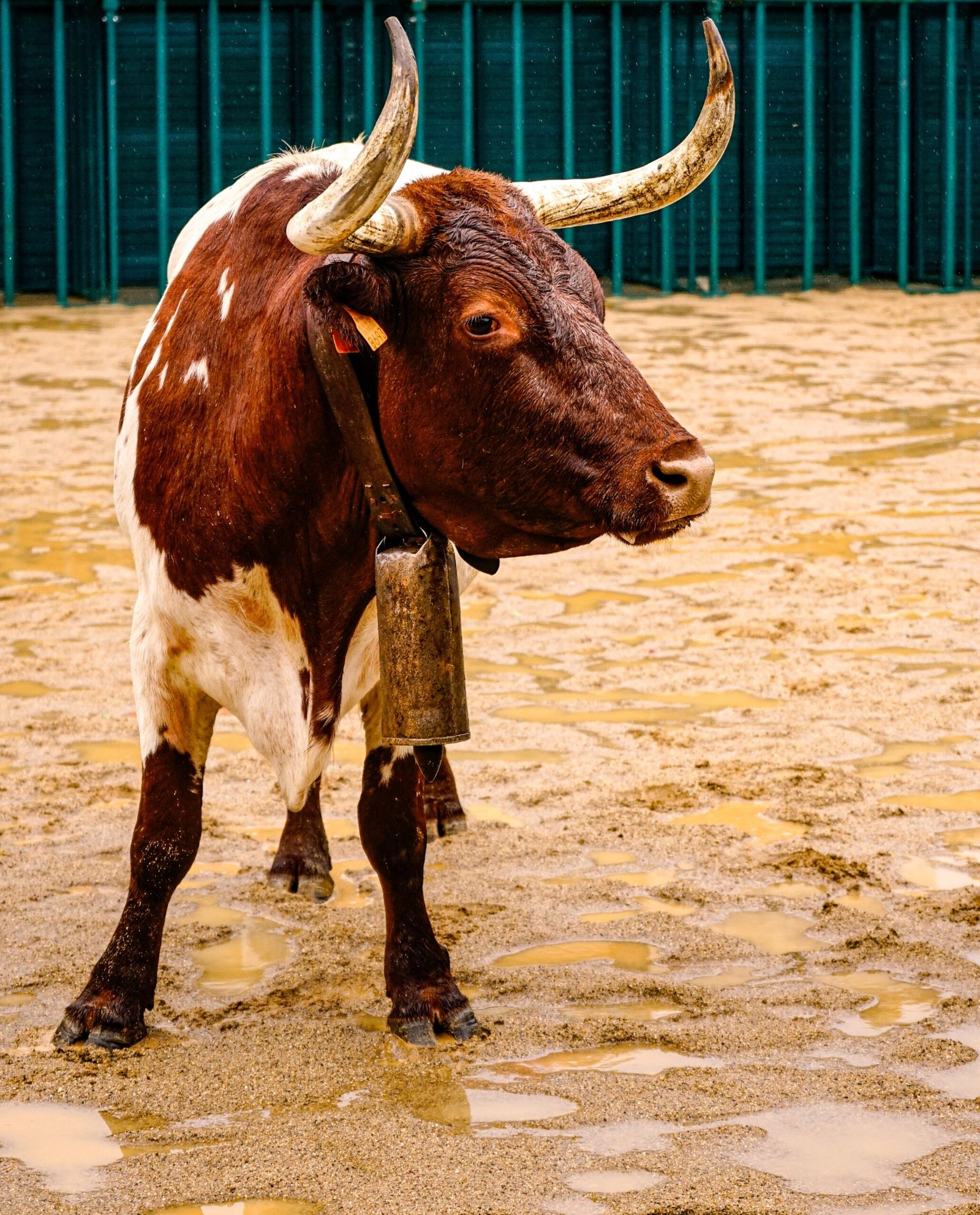
Differences in Behavior and Needs
Understanding turkey behavior
Turkeys have distinct behavioral traits that differ from chickens. They are generally more curious, social, and comfortable with larger spaces. Turkeys also have a strong flocking instinct and prefer to be together. Understanding their behavior helps you create an environment that enhances their natural tendencies and keeps them happy and stress-free.
Understanding chicken behavior
Chickens, on the other hand, exhibit a wide range of behaviors influenced by their breed and individual personalities. They tend to be more content in smaller spaces and may become stressed if given too much room. Chickens are also prone to pecking orders and establishing a social hierarchy within their flock. Being aware of their behavior allows you to provide suitable accommodations and address any potential issues that may arise.
Catering to individual needs
To ensure the well-being of both turkeys and chickens, it’s important to cater to their individual needs. This can include providing different types of enrichment, such as perches and toys, that cater to their species-specific behaviors. Additionally, monitoring their interactions and making adjustments as needed will help maintain a harmonious environment.
Feeding and Watering
Separate feeding stations
To avoid potential conflicts over food, it is crucial to provide separate feeding stations for turkeys and chickens. Turkeys have a different feeding behavior, often pecking at their food rather than scratching the ground like chickens. Offering multiple feeding stations ensures that all birds have access to their appropriate feed and reduces the likelihood of aggression or competition during mealtime.
Providing abundant water sources
Both turkeys and chickens require access to clean and fresh water at all times. However, it’s important to note that turkeys have a higher water intake compared to chickens. Providing multiple water sources and ensuring an adequate supply of water will help meet the needs of both species.
Differences in dietary requirements
Turkeys and chickens have different dietary requirements, especially when it comes to protein content. Turkeys require a higher protein diet, especially during the early stages of growth. When feeding a mixed flock, it’s crucial to provide a balanced diet that meets the nutritional needs of both species. Consulting with a poultry nutritionist or veterinarian can ensure your birds receive the appropriate nutrition.
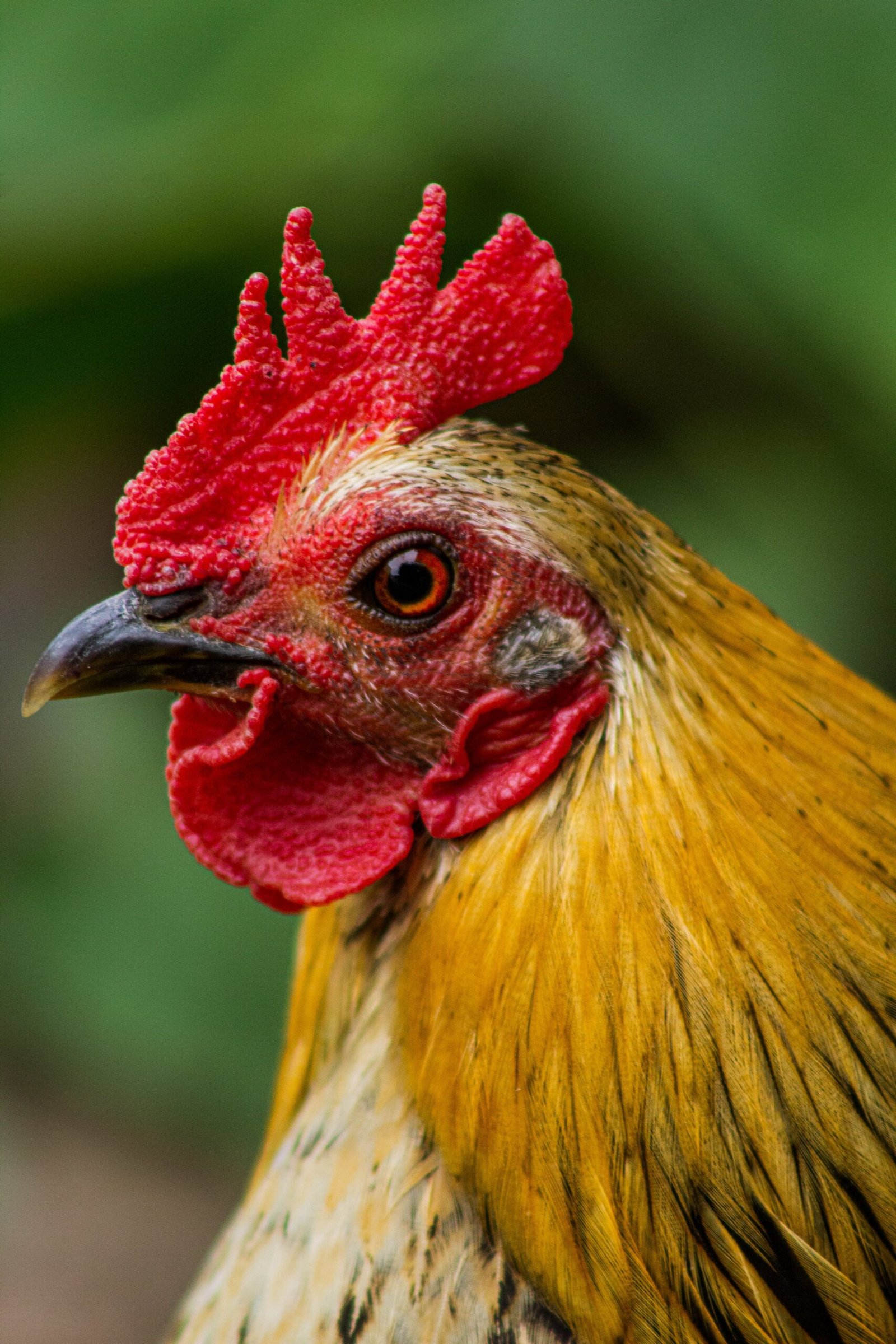
Nest Boxes and Laying Habits
Providing separate nest boxes
Each species has its own unique nesting habits, so it’s important to provide separate nest boxes for turkeys and chickens. Turkeys prefer to lay their eggs on the ground, in low and secluded areas. On the other hand, chickens prefer elevated nest boxes. By accommodating their specific preferences, you can encourage them to lay eggs in their designated spaces and minimize the risk of egg breakage or conflicts between the birds.
Differences in nesting behavior
Turkeys and chickens also have different nesting behaviors. Turkeys tend to lay fewer eggs but require a more secluded and private nest area. Chickens, on the other hand, may lay eggs more frequently and may be more comfortable nesting in communal areas. Understanding these differences allows you to design the coop in a way that meets the needs of both species and promotes successful egg production.
Health and Disease Management
Separating sick or injured birds
To prevent the spread of diseases, it’s important to promptly separate any sick or injured birds from the rest of the flock. Observation and regular health checks are crucial to identify potential health issues early. Having a separate quarantine area within the coop or a separate isolation coop can help in isolating birds that require medical attention.
Vaccinations and preventive measures
Maintaining a comprehensive vaccination and preventive health plan is essential for the well-being of both turkeys and chickens. Consult with a poultry veterinarian to ensure that your birds receive the necessary vaccinations and preventative treatments based on their species and the prevalent diseases in your area. Regular cleaning and disinfection of the coop also play a vital role in preventing the spread of diseases.
Dangers of cross-contamination
Turkeys and chickens can harbor different strains of diseases and parasites. Cross-contamination can occur through shared feed, water sources, or direct contact. Therefore, it’s crucial to practice good biosecurity measures, such as regular handwashing and using separate utensils and equipment for each species, to prevent the transmission of pathogens between turkeys and chickens.
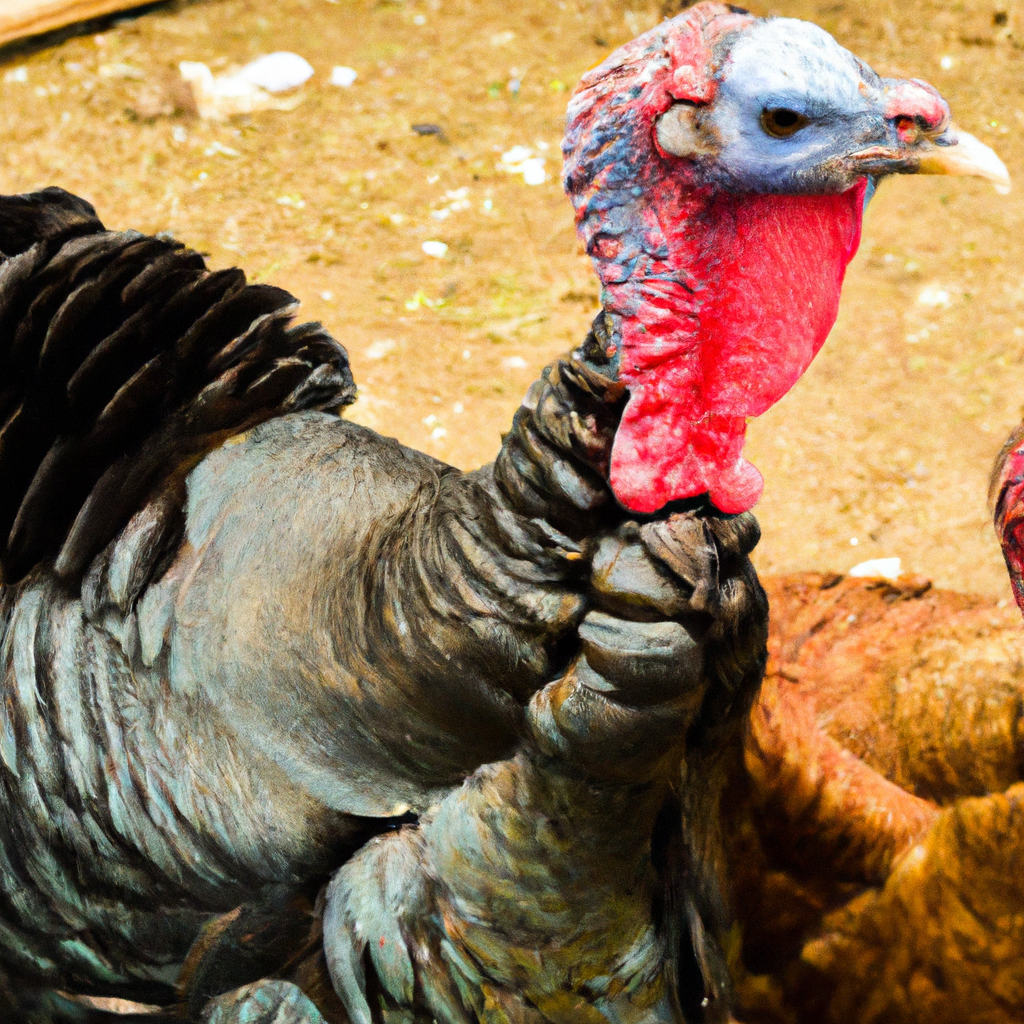
Predator Protection
Predators that target turkeys and chickens
Both turkeys and chickens are vulnerable to a range of predators, including raccoons, foxes, and birds of prey. Identifying common predators in your area is essential for designing a coop that provides adequate protection. Reinforced wiring, secure doors, and well-maintained fencing can help prevent potential attacks and keep your birds safe.
Coop design for predator protection
When designing a coop for turkeys and chickens, it’s important to consider predator protection. Ensure that the coop is securely built, with no gaps or openings that predators can exploit. Reinforced wiring should surround the entire coop, including the bottom, to prevent animals from digging under. Nighttime predator attacks can be deterred by installing motion-activated lights or using noise devices.
Introducing New Birds
Quarantine period for new birds
Quarantining new birds is essential to prevent potential disease introduction into the flock. Separate new arrivals from your existing flock for a minimum of 30 days to observe their health and behavior. During this quarantine period, monitor the new birds for any signs of illness or disease. This practice helps minimize the risk of introducing infections that could spread to the rest of the flock.
Gradual introduction and monitoring
When introducing new birds into a mixed flock, it’s important to do so gradually and under close supervision. Monitor the interactions between the new birds and the existing flock to ensure that they integrate smoothly. As with any introduction, some level of pecking order may occur. However, if any signs of excessive aggression or bullying are observed, it may be necessary to separate the birds temporarily until they adjust to their new environment.
Potential Benefits
Turkeys and chickens as companions
Keeping turkeys and chickens together can benefit both species. Turkeys’ larger size and natural protective instincts can provide added security for the chickens, deterring potential predators. Additionally, the social nature of turkeys can positively influence the behavior and well-being of chickens, creating a harmonious and interactive flock.
Utilizing the benefits of mixed flocks
Mixed flocks offer unique benefits, including a wider variety of eggs and meat options. Turkeys can provide larger, flavorful meat, while chickens offer a consistent supply of smaller eggs. The diversity of the flock can also enhance natural pest control, as each species may target different types of insects or pests.
Potential Challenges
Aggression within the flock
As with any mixed flock, there is a risk of aggression between individual birds. Establishing a well-designed coop with ample space, multiple feeding areas, and various hiding spots can minimize conflict. Monitoring the flock dynamics and addressing any signs of excessive aggression will help maintain a peaceful living environment for both turkeys and chickens.
Potential health risks
Mixing turkeys and chickens increases the potential for disease transmission, especially if proper biosecurity measures are not followed. Regular health checks, vaccinations, and good hygiene practices can greatly reduce the risk of disease outbreaks. It is also advisable to consult a poultry veterinarian for guidance and support in maintaining the overall health of your flock.
Management complexities
Managing a mixed flock of turkeys and chickens can be more complex compared to raising a single species. Different needs, behaviors, and dietary requirements require careful attention and planning. Regular observation, effective communication with poultry professionals, and a proactive approach to flock management are key to navigating these complexities and ensuring the well-being of all your birds.
In conclusion, keeping turkeys and chickens in the same coop is possible, but it requires careful planning, considerations, and diligent management. Understanding the differences in behavior, needs, and dietary requirements between turkeys and chickens is essential for creating a harmonious and thriving mixed flock. By implementing the right coop design, providing appropriate feed and water stations, and maintaining good biosecurity practices, you can successfully keep turkeys and chickens together, enjoying the benefits they bring while minimizing potential challenges.

